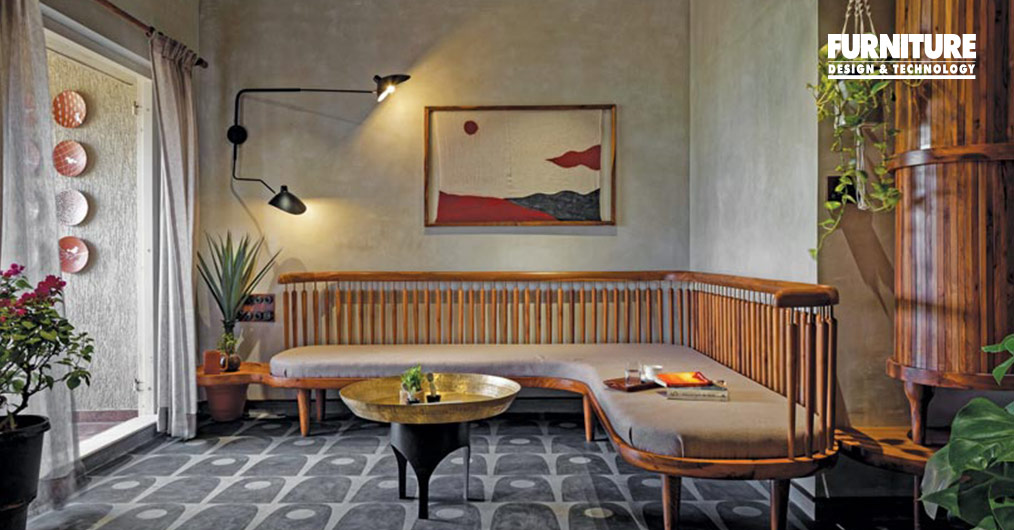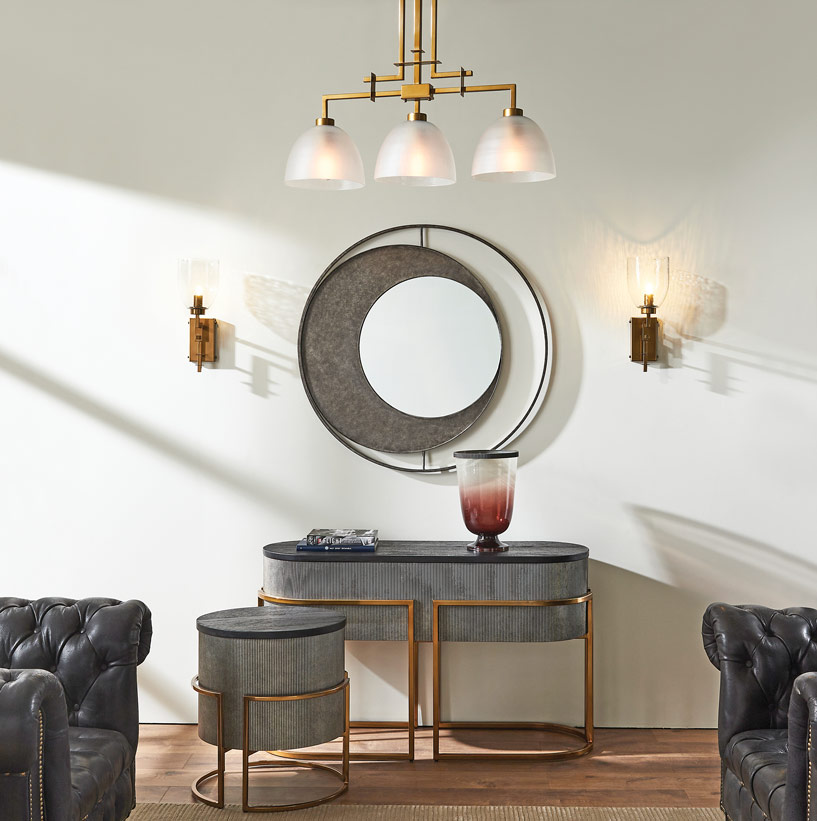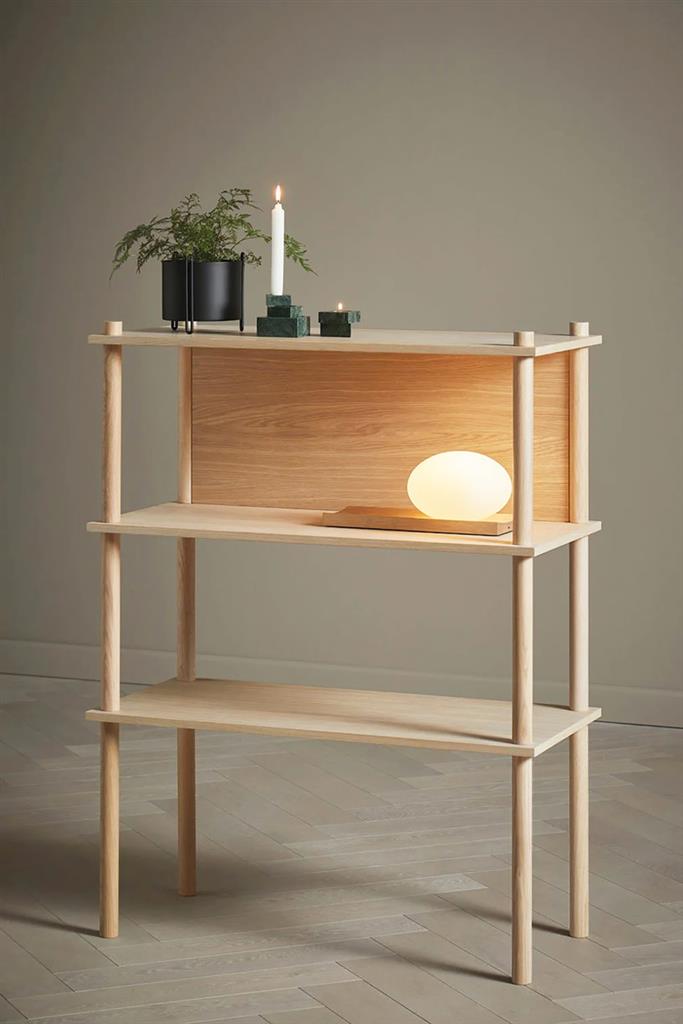
The changing preference of Indian consumers leads the roadmap for the furniture market. Vadera explains, “They know what they want and are clear of their preferences, which has led to the emergence of key players in a pretty unorganized sector of the country. But the strategy for the coming years would be to organize the sector and follow the strong growth trends. Also, the availability of sustainable raw materials at competitive prices remains a challenge.”
For Pastala, “The growth of our economy as well as our middle class sees the desire to own homes increase too. This obviously means a higher demand for furniture. Also owning a second/weekend home away from the hustle and bustle of the city is gaining traction. People are actively looking to invest in fashionable furniture.” The furniture industry is catering to the urban middle class’ need for stylish homes in compact apartments. “The growth of the furniture industry has to be in tandem with the growth of people involved in the making of furniture. As an Indian business, we need to accept that the company can only profit if all the players within the industry profit. Our carpenters are no short of craft geniuses, and we need to ensure that their lives are equally bettered as our clients’ homes are,” she orates.
.jpg)
Moreover, for future growth, Kapur visions, “People should believe more in supporting Indians and the Make in India initiative. Larger industries should be set up to fill the deficit of imports as we still don’t match the industry level of China, which is supplying on a global scale. Despite, we definitely make this a more organized sector and look into it as a big aspect of future suppliers to the world.”
 Image credit: Renovation Factory
Image credit: Renovation FactoryJajoo strongly opines, “Make in India has helped as a culture to grow along with a lot of talents to come up. It has helped in fostering innovation, a nurturing culture, developing skills, and has also created more opportunities along with innovation and experimentation.” In addition, Jain states, “We are all welcome for the healthy competition because that would also push us to do better, design better and remain ahead of the competition. The industry is only set for growth in the future.” He further advocates, “While the appetite for furniture, lighting and home decor has grown manifold in the industry, as a collective we should be thinking about how brands can make designs that are functional and timeless. The need of the hour is to be mindful of natural resources. Brands have to have a mindful approach towards design and sustainable approaches to build a furniture design ecosystem that is flourishing yet kind on Mother Earth.”
As for Budhiraja, “Collaborating with knowledgeable designers, investing time in the research and development of sustainable materials and technologies and trusting the process and production of Indian factories will amplify our global outreach and growth in the coming years.” On similar lines, Faisal urges Indian designers and brands, “With our designs, we are just feeding ourselves. We are the makers and the consumers. So unless we make a mark in the international market, we can never call ourselves significant. The initiative has to come from everybody – the design schools, designers and architects, industry and the government.” He strongly believes that the industry is not at all interested in innovation. “It is all about monetary gain. No one is passionate about going out and doing something. We, as a studio, try to collaborate outside India. It is difficult but we try to collaborate with international manufacturers. I don’t see that from many fellow designers. There is only a handful of them who are actually taking the effort to go out and do something,” he adds.
 Image credit: Saif Faisal Design Workshop
Image credit: Saif Faisal Design WorkshopNevertheless, given the forecast and outlook of experts, FDT is certain that the Indian furniture market is going to grow huge in the coming years. India being at the front in furniture curation and manufacturing, the advancement in nuanced engineering, quality machinery and the ability to customize furniture is certainly an advantage that sets us apart in the global marketplace. Although the Make in India targets have been extended till 2025, given the immense number of possibilities and opportunities with the current market scenario and the rising number of homegrown brands in India, the market holds massive potential to grow bigger and its impact will only be tremendous in the years to come.
This article is a part of our exclusive article ‘Cover Story’ which is originally published in Furniture Design & Technology (FDT Magazine) April 2023 print issue. If you want to read the full article, please subscribe Furniture Design & Technology Magazine here:
Furniture Design India and the magazine FURNITURE DESIGN & TECHNOLOGY (FDT magazine) are from the trusted 22-year-old media house of SURFACES REPORTER and PLY REPORTER.
FDT is a B2B monthly bilingual magazine from India that shares the pulse of the furniture business in India and connects the manufacturers, OEMS, product designers, architects, showrooms, designers and dealers.
Read More© 2025 Furniture Design and Technologies.. All Rights Reserved. Developed by eyeQ Advertising